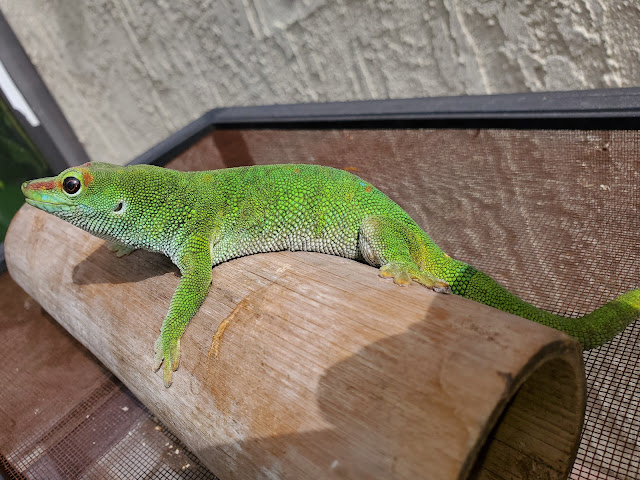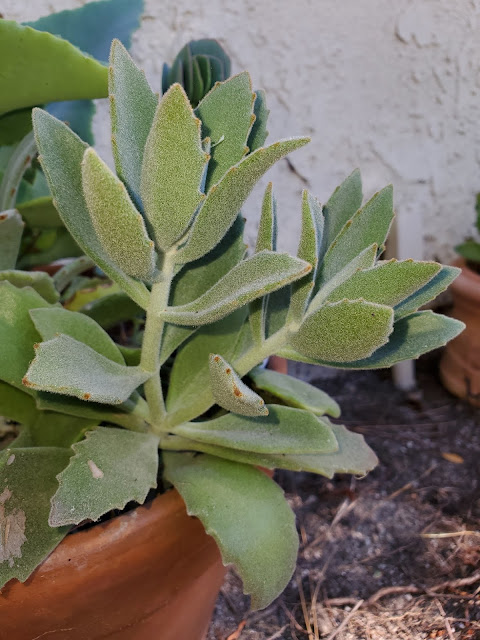Betteridge's Law of Headlines: If the headline poses a question, the answer is "no."
 |
Although it's interesting, I'm not sure what this Guardian article is trying to achieve. If there's a problem with the theory of evolution known as the Modern Synthesis, it's that every time you criticize it, it adds your objection to itself as a complexity or wrinkle, so it's hard to falsify. It certainly isn't "wrong," though there are many ways you could look at it from a different angle and see a completely different emphasis, which some contemporary theorists do.
The article itself is harmless, waffling about some dusty corners of evolution that are fascinating, weird, and wonderful, but not in themselves threats to what most people know as "evolution."
"The usual explanation of how we got these stupendously complex organs rests upon the theory of natural selection. You may recall the gist from school biology lessons. If a creature with poor eyesight happens to produce offspring with slightly better eyesight, thanks to random mutations, then that tiny bit more vision gives them more chance of survival. The longer they survive, the more chance they have to reproduce and pass on the genes that equipped them with slightly better eyesight. Some of their offspring might, in turn, have better eyesight than their parents, making it likelier that they, too, will reproduce. And so on. Generation by generation, over unfathomably long periods of time, tiny advantages add up. Eventually, after a few hundred million years, you have creatures who can see as well as humans, or cats, or owls. This is the basic story of evolution, as recounted in countless textbooks and pop-science bestsellers."
He goes on, "The problem, according to a growing number of scientists, is that it is absurdly crude and misleading. For one thing, it starts midway through the story, taking for granted the existence of light-sensitive cells, lenses and irises, without explaining where they came from in the first place."
And yes, it would be crude and misleading, but unless he went to school in 1859*, it isn't described that way. Professors do not postulate that some poor creature somewhere was born with a bad retina, poor lens, substandard optic nerves and rubbish rhodopsin, but over subsequent generations each of those things got better. What is taught, I hope, is that even very simple creatures can have light-sensitive pigments that allow them to sense whether they are in the dark or in the light, and every "innovation" thereafter exists in a living thing today or is clear in the fossil record. We can still see (sorry) single-celled animals with eye-spots, insects with compound eyes, octopuses with their right-way-up eyeballs, and vertebrates sporting the weird eye configuration humans have, with blood vessels and nerves on top of (and therefore obscuring) the retina.

.jpg)









